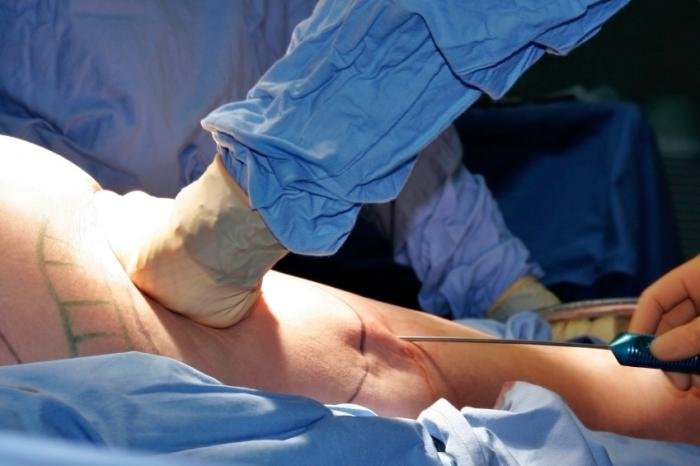Liposuction
Liposuction is a surgical procedure that removes excess fat from specific areas of the body. In the context of fat disorders such as Lipedema and Dercum’s Disease, liposuction can be used to alleviate symptoms, improve mobility, and enhance the quality of life. However, it is important to understand that while liposuction can help manage the condition, it is not a cure.

Benefits of Liposuction for Fat Disorders
Reduction of Pain and Discomfort:
- One of the most significant benefits of liposuction for patients with Lipedema or Dercum’s Disease is the reduction of pain. By removing abnormal fat deposits, liposuction can alleviate pressure on nerves and decrease the chronic pain associated with these conditions.
Improved Mobility and Physical Function:
- Excess fat in the legs, arms, and other parts of the body can limit mobility and make daily activities challenging. Liposuction can help reduce the size of affected areas, improving movement, walking ability, and overall physical function.
Enhanced Body Contour and Symmetry:
- Fat disorders often result in disproportionate fat accumulation, particularly in the lower body. Liposuction can help contour the body, creating a more balanced appearance, which can boost self-esteem and body confidence.
Potential Reduction in Disease Progression:
- For some individuals, early intervention with liposuction may slow the progression of Lipedema. By removing the abnormal fat cells, the procedure might help prevent further fat accumulation and associated symptoms.
Types of Liposuction for Fat Disorders
Tumescent Liposuction:
- The most common form of liposuction used for fat disorders, tumescent liposuction involves injecting a large volume of a saline solution mixed with anesthetic and epinephrine into the targeted area. This solution helps numb the area, reduces blood loss, and makes fat easier to remove.
- This technique is considered safe and effective for removing large volumes of fat with minimal scarring and a lower risk of complications.
Water-Assisted Liposuction (WAL):
- This method uses a jet of water to gently dislodge fat cells before they are suctioned out. Water-assisted liposuction is less traumatic to surrounding tissues, which can result in quicker recovery times and less bruising.
- WAL is particularly beneficial for patients with Lipedema, as it can effectively target the fibrous, nodular fat deposits characteristic of the condition.
Laser-Assisted Liposuction (LAL):
- Laser-assisted liposuction uses laser energy to liquefy fat cells before removal. It can also promote skin tightening in the treated areas.
- While not as commonly used for fat disorders as other methods, LAL may be suitable for certain patients, particularly those concerned about skin laxity post-surgery.
Considerations Before Undergoing Liposuction
Finding a Specialist:
- It is crucial to consult with a surgeon experienced in treating fat disorders. They can assess your condition, discuss the potential benefits and risks, and determine if liposuction is an appropriate option for you.
Realistic Expectations:
- While liposuction can significantly reduce fat deposits and improve symptoms, it is not a cure for fat disorders. Patients should have realistic expectations regarding the outcomes and understand that the procedure may not entirely prevent the progression of conditions like Lipedema.
Post-Surgery Care:
- Recovery from liposuction involves wearing compression garments to reduce swelling and support lymphatic drainage. Patients will need to follow a post-operative care plan, which may include manual lymphatic drainage (MLD) therapy, a healthy diet, and an exercise regimen to maintain the results and support overall health.
Risks and Complications:
- As with any surgical procedure, liposuction carries potential risks, including infection, bleeding, and changes in skin sensation. Selecting a qualified and experienced surgeon can help minimize these risks.
Possible Need for Multiple Sessions:
- For individuals with extensive fat deposits, multiple liposuction sessions may be necessary to achieve the desired results. Each session should be planned carefully to avoid excessive trauma to the body.
